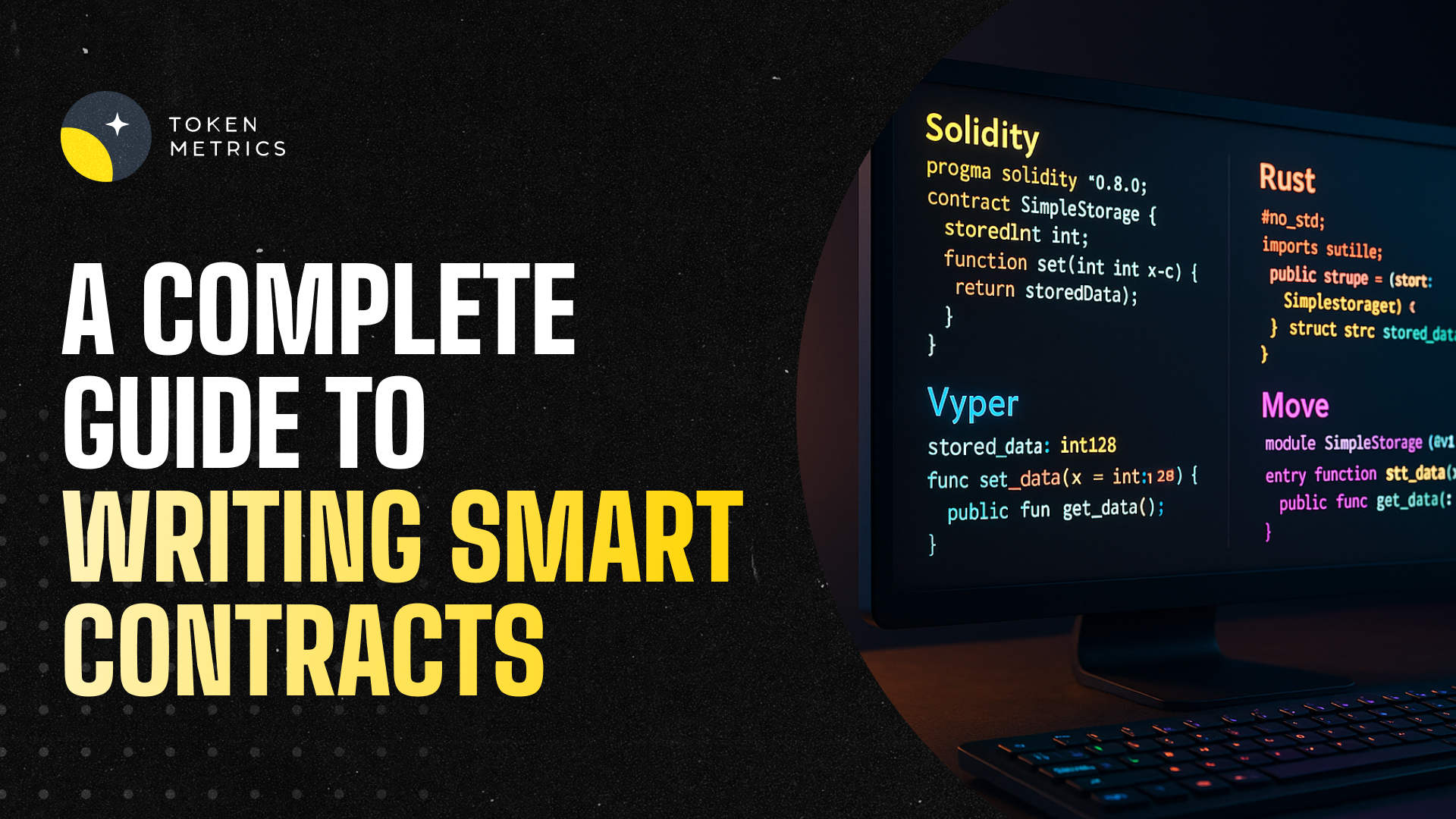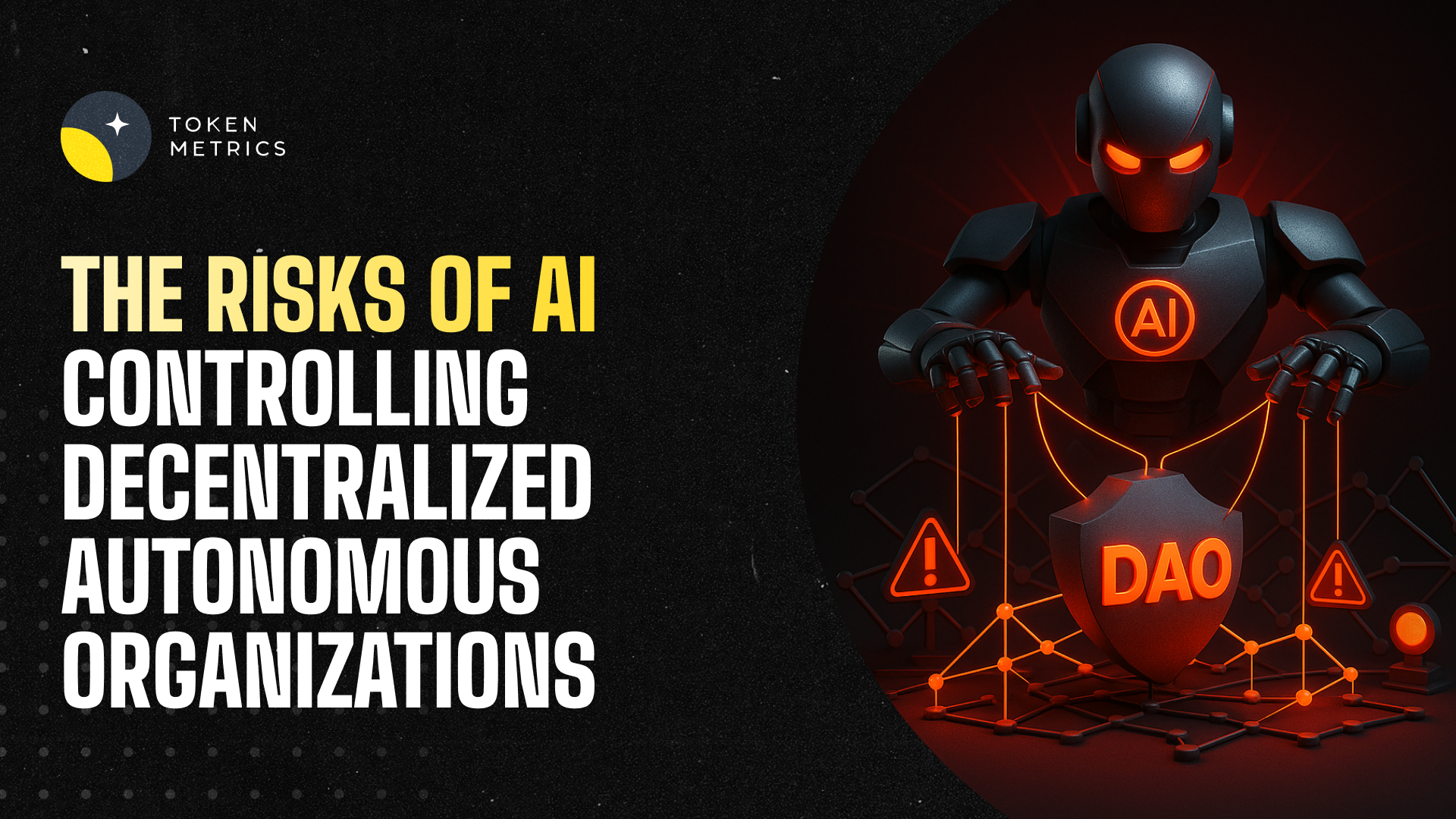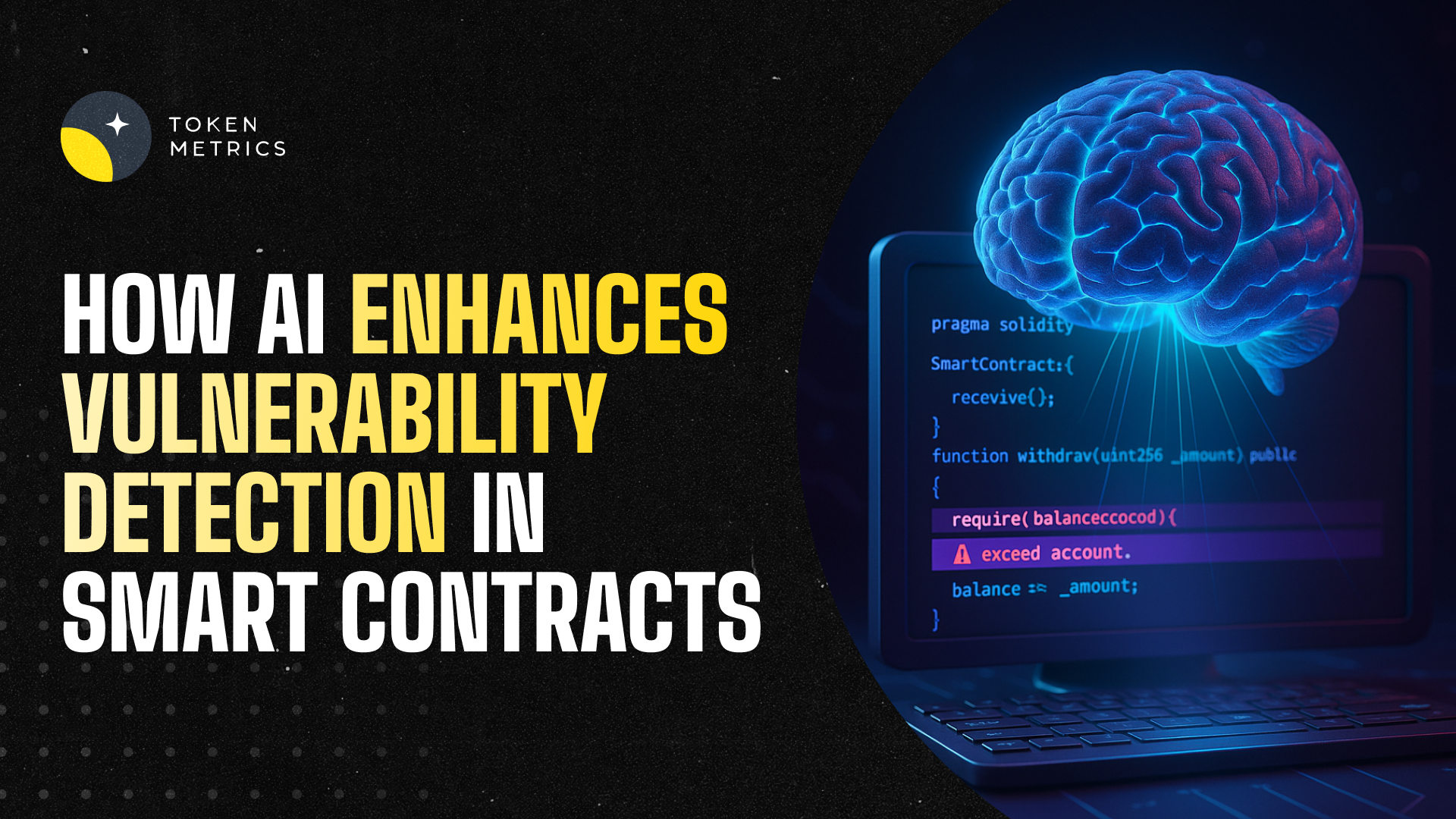Next Crypto Bull Run - Bitcoin Price Prediction

Welcome to this comprehensive analysis of the next crypto bull run. In this article, we will delve into the predictions and analysis provided by various experts in the field.
We will explore the start and end dates of the bull run, Bitcoin price predictions, and the projected total crypto market cap. So, if you want to make life-changing crypto returns, stay tuned!
Ian Balina's Crypto Journey
To understand the credibility of the predictions we'll be discussing, let's take a moment to introduce Ian Balina. He is the founder and CEO of Token Metrics, an AI and data-driven company that rates crypto assets.
With a track record of building successful companies and raising millions in capital, Ian has become a prominent figure in the crypto space.
Ian's journey in crypto began in 2016 when he turned $20,000 into over $5 million in less than 12 months. This impressive feat caught the attention of many, prompting him to share his investment strategies and predictions transparently.
Now, with his expertise and data-driven approach, Ian aims to help others navigate the crypto market and find significant opportunities.
Next Crypto Bull Run Start Dates
One of the critical aspects of predicting the next crypto bull run is identifying the start dates. Ian Balina suggests using the Bitcoin halving as a pivot point for determining when the bull run begins. Historically, Bitcoin experiences a surge in price after each halving event.
Looking at past cycles, we can see that Bitcoin went up over 90x after the halving in 2012 and around 30x after the halving in 2016. Based on this pattern, Ian predicts that the next bull run will start around April 2024, aligning with the anticipated Bitcoin halving.
Bitcoin Price Prediction
Now, let's focus on the highly anticipated Bitcoin price predictions. Ian Balina's analysis leads him to believe that Bitcoin has the potential to reach $150,000 in the next bull run. Considering the current price of BTC is around $30,000, this implies a 4.5x return on investment.

While some argue that the ROI decreases with each cycle, it's important to note that the gains are still substantial. Investing in Bitcoin during the bull run could yield significant profits, but the real money-making opportunities lie in identifying promising altcoins that outperform the market.
Crypto Bull Run End Dates
Determining the end dates of the crypto bull run is crucial for maximizing profits and planning investment strategies. Based on historical data and lengthening bull run patterns, Ian Balina presents three possible scenarios for the end dates.
In the bear case scenario, where the bull run follows a 15% increase in length compared to the previous cycle, the bull run is expected to end around March 2026. The base case scenario, which assumes a 25% increase in length, suggests the bull run could last until June 2026.
For the most optimistic scenario, the moon case, with a 40% increase in length, the bull run could extend all the way to November 2026. These timelines provide a range of possibilities for investors to strategize and make the most of the bull run.
Total Crypto Market Cap Prediction
As the crypto market continues to grow, it's essential to assess the potential market cap and overall value of cryptocurrencies. Ian Balina's analysis takes into account the historical trends of the crypto market cap during previous bull runs.
In the bear case scenario, where the ROI reduction is 2.5x, the total crypto market cap is predicted to reach around 8 trillion dollars by March 2026. Moving to the base case scenario, with a 2x reduction in ROI, the market cap could climb to 10 trillion dollars by June 2026.

For the moon case scenario, assuming a 1.5x reduction in ROI, the market cap has the potential to skyrocket to 14 trillion dollars by November 2026. These projections indicate significant growth in the crypto market, providing ample opportunities for investors to capitalize on the bull run.
Summary of Crypto Predictions
To summarize the predictions we've discussed, the next crypto bull run is projected to start around April 2024, with Bitcoin potentially reaching $150,000. The bull run is expected to last until at least March 2026, with the total crypto market cap ranging from 8 trillion to 14 trillion dollars.
While these predictions are not set in stone and should be considered speculative, they offer valuable insights for investors looking to make informed decisions in the crypto space. It's crucial to conduct thorough research and consider multiple factors before making any investment choices.
Conclusion
In conclusion, the next crypto bull run holds immense potential for investors seeking to make life-changing money. With the guidance of experts like Ian Balina and the data-driven approach of companies like Token Metrics, it's possible to navigate the crypto market with confidence.
Remember, while Bitcoin may provide substantial returns, the real opportunities lie in identifying promising altcoins that can outperform the market. By leveraging the predicted start and end dates of the bull run and considering the projected total market cap, investors can position themselves for success.
As always, it's essential to conduct your research, stay informed about market trends, and assess the risks involved in crypto investments. With a strategic approach and a thorough market understanding, you can maximize your potential gains during the next crypto bull run.
So, get ready, stay informed, and embark on your crypto investment journey with optimism and caution. The next bull run awaits, and it's up to you to seize the opportunities it presents. Good luck, and happy investing!
Disclaimer
The information provided on this website does not constitute investment advice, financial advice, trading advice, or any other advice, and you should not treat any of the website's content as such.
Token Metrics does not recommend that any cryptocurrency should be bought, sold, or held by you. Conduct your due diligence and consult your financial advisor before making investment decisions.
Create Your Free Token Metrics Account

.png)




%201.svg)
%201.svg)


%201.svg)










.svg)




.png)